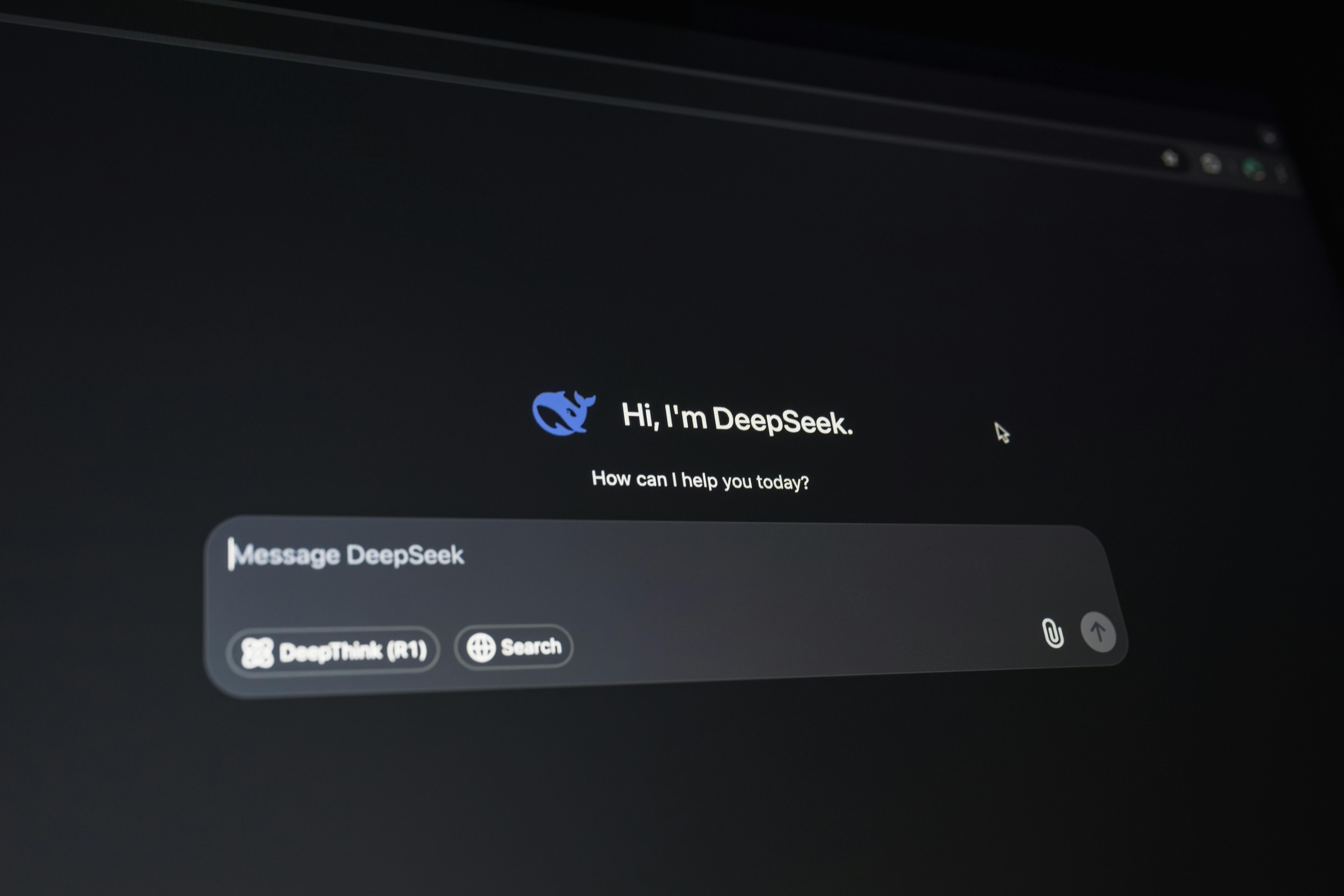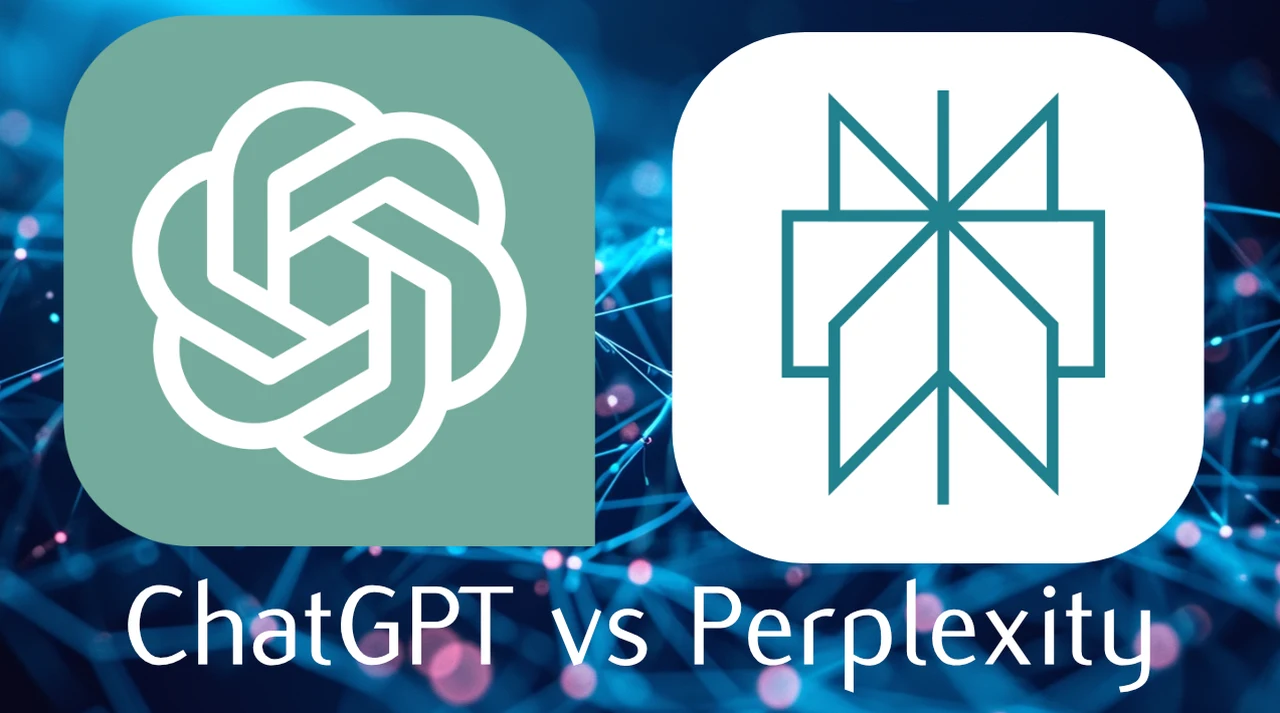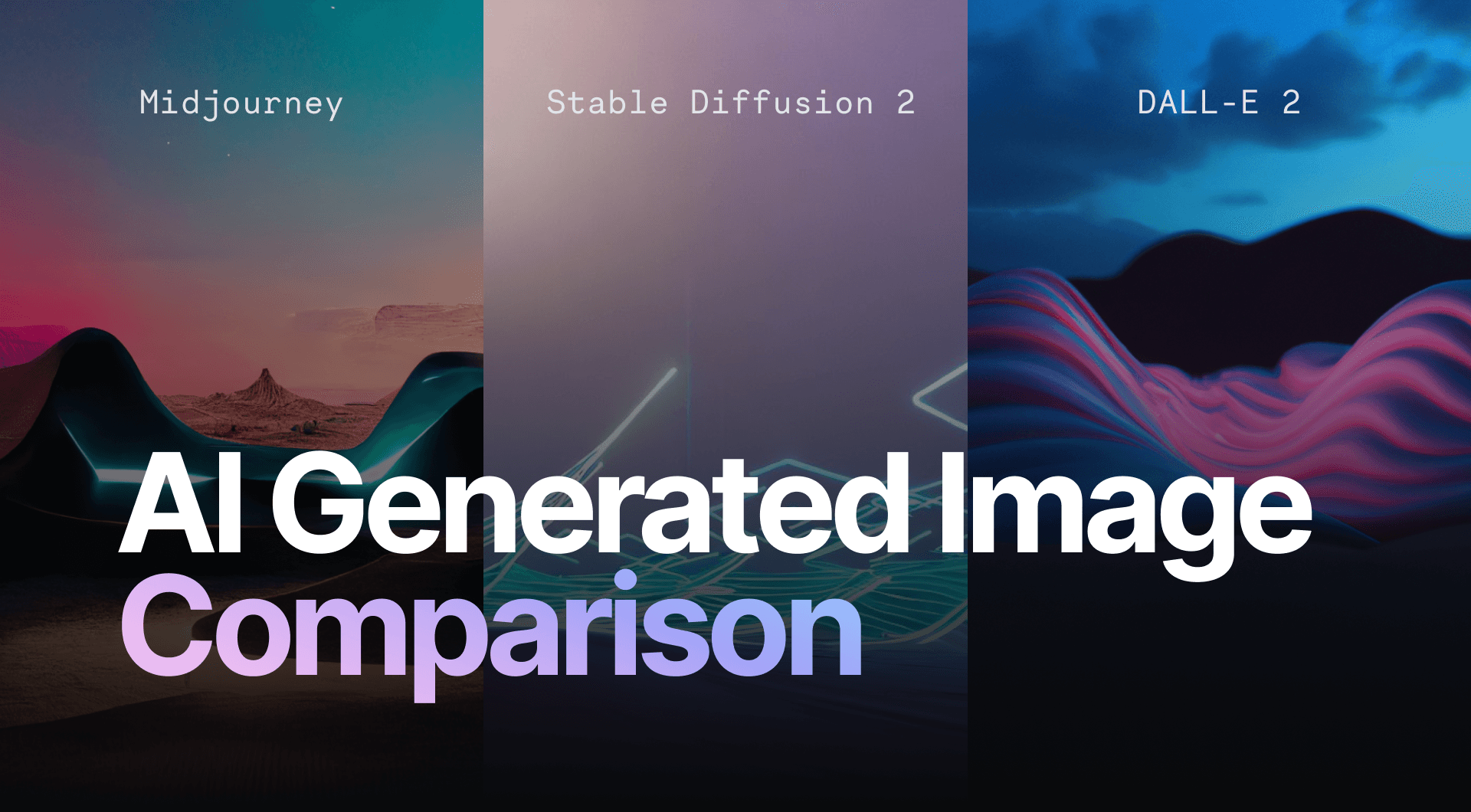
Table of Contents
Introduction to DeepSeek R1
In 2025, the AI landscape is witnessing a dramatic shift with the emergence of DeepSeek R1, an open-source artificial intelligence framework that directly challenges the supremacy of proprietary models like GPT-4. Developed to democratize AI access and transparency, DeepSeek R1 aims to deliver cutting-edge performance with the backing of a global developer community.
Unlike closed-source alternatives, DeepSeek emphasizes transparency, user control, and customization potentials, positioning itself as a compelling choice for researchers, developers, and enterprises seeking flexibility without compromising on power.
The Open-Source Advantage
Open-source AI platforms like DeepSeek R1 bring several critical benefits to the AI ecosystem:
- Transparency: Full access to model architecture, training data (where possible), and ongoing improvements.
- Customizability: Developers can fine-tune or extend the model for niche applications without restriction.
- Collaborative Innovation: A vibrant community drives rapid iteration and diverse use cases.
- Cost Efficiency: No licensing fees reduce barriers for startups, academics, and small businesses.
This open ethos fosters trust and adaptability, two qualities often cited as limits in closed AI models.
Feature Comparison: DeepSeek R1 vs GPT-4
| Feature | DeepSeek R1 | GPT-4 |
|---|---|---|
| Model Size | Large-scale transformer (~20B params open) | Massive (~175B+ params proprietary) |
| Training Data | Open datasets + community contributions | Extensive curated proprietary datasets |
| Context Window | Up to 64K tokens (2025 update) | Up to 128K tokens (varies by model) |
| Multimodal Support | Planned / Community-driven extensions | Yes - native multimodal (text, images, audio) |
| API Access | Free & paid community APIs available | Paid API with tiered plans |
| Customization & Fine-tuning | Open and encouraged | Limited fine-tuning, mainly via custom instructions |
| Transparency | Full open-source code | Closed source, proprietary |
| Community Support | Strong GitHub, Discord, open forums | Official support channels, limited community extensibility |
| Mobile & Developer Tools | Third-party integrations + growing ecosystem | Official SDKs, plugins, and mobile SDKs |
Community and Development
DeepSeek R1's development thrives on community involvement, with thousands of contributors worldwide improving model robustness, safety, and usability. This transparent model development contrasts with GPT-4's controlled updates from OpenAI.
The community actively shares tools for fine-tuning, dataset curation, and plugin creation to extend DeepSeek's functionality, enabling niche applications such as legal AI assistants, medical research aids, and ethical AI explorations.
Pricing and Accessibility
One of DeepSeek R1's strongest appeals is its nearly zero-cost accessibility through open-source deployment. Users can run it locally or via affordable community cloud providers, avoiding expensive licensing or usage fees associated with GPT-4.
GPT-4, while offering a polished user experience and enterprise-grade reliability, requires paid subscriptions and costly API calls, which can be a limiting factor for smaller organizations or hobbyists.
Use Cases & Industry Impact
DeepSeek R1 shines in:
- Research and Academia: Transparent AI for replicable experiments and AI ethics studies.
- Customized Enterprise Solutions: Tailored chatbots and automation with full control over data and privacy.
- Open Innovation: Startups and developers creating new AI-driven products without vendor lock-in.
- Education: Affordable AI tutors and knowledge assistants worldwide.
GPT-4 remains preferred for broad commercial use, creative content, and high-demand applications requiring seamless integration and robust multimodal capabilities.
Pros and Cons
DeepSeek R1
Pros:
- Fully open-source and transparent
- Highly customizable and extensible
- No licensing fees — highly cost-effective
- Strong community-driven innovation and support
- Up-to-date with large context window capabilities
Cons:
- Smaller model size compared to GPT-4
- Multimodal features still emerging
- Less polished UX and ecosystem compared to commercial AI
- Requires technical skill to deploy and customize effectively
GPT-4
Pros:
- Industry-leading language understanding and generation
- Rich multimodal support (images, audio, video)
- Robust ecosystem with official SDKs, apps, and plugins
- High reliability and enterprise-grade support
- Advanced voice and creative capabilities
Cons:
- Closed-source with limited transparency
- Costs can be prohibitive for some users
- Limited ability to fully customize or self-host
- Occasional hallucination or outdated knowledge
Final Thoughts: Open Source vs Proprietary AI in 2025
DeepSeek R1 signals a new era in AI where open-source models are poised to challenge established proprietary giants like GPT-4. While GPT-4 continues to dominate commercial applications with unmatched power and ecosystem maturity, DeepSeek offers a compelling alternative for users valuing transparency, cost-efficiency, and community innovation.
In 2025, the optimal choice depends on your technical expertise, use case requirements, and budget. For researchers, developers, and organizations seeking to avoid vendor lock-in and push AI boundaries collaboratively, DeepSeek R1 is an exciting breakthrough worth exploring alongside GPT-4 offerings.


